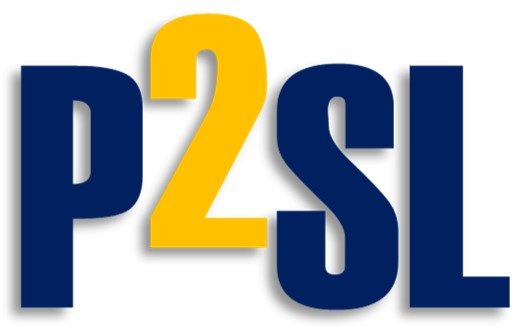Lean Design Forum History
P2SL LCI AIA Lean Design Forum 20188 & 9 February 2018 in Berkeley, CA To see a detailed agenda and to register go to https://www.regonline.com/LeanDesignForum2018 The Forum will consist of six 1.5 hour sessions. The session topics are on Thursday:
and on Friday morning:
|
P2SL LCI AIA Lean Design Forum 201726 & 27 January 2017 in Berkeley, CA The Forum will consist of six 1.5 hour sessions. The session topics are:
|
P2SL LCI AIA Lean Design Forum 201628 & 29 January 2016 |
P2SL-LCI-AIA Lean Design Forum 201529 & 30 January 2015 |
P2SL-LCI-AIA Lean Design Forum 201430 & 31 January 2014, HS Lordships at the Berkeley Marina In 2014 the focus of the Berkeley Forum was on creativity and innovation. Each of six 90-minute sessions was be devoted to a single speaker or panel. Presentations no longer than 30 minutes, allowed time for in-depth discussion with the speaker and with one another about what the speaker presented. SPEAKERS AND TOPICS: Session I Moderator: Gregory Howell Chauncey Bell will deliver an opening provocation, intended to challenge us to improve what he calls the lean discourse, loosely based on his paper My Problem with Design (Bell, C. (2008). My Problem with Design. Ubiquity, 2008 (September), 1 ). To give a hint of what’s in store, this is from the abstract: I was reminded today of the things I find troubling about our modern notions of design and designing. Hundreds of years ago, if one wanted to become a designer, one would first have become a master craftsperson. We learned how to construct distinctive artifacts (and worlds of artifacts) and then we began to innovate in that tradition. To say one was a designer without that background would have been Harry Potteresque: ridiculous. Session II Moderator: Glenn Ballard Will Loftis of Jones, Lang, Lasalle will present Everything New is Old Again: Creativity and Innovation. The presentation will investigate the relation between Creativity and Innovation and some ways our decision-making influences the way we manage the design process. Session III Moderator: Todd Henderson Todd Henderson of Boulder Associates is recruiting speakers who can relate their own experiences with design creativity. Session IV Moderator: Markku Allison Markku Allison of Scan Consulting has recruited a three person panel to speak on the topic: Creativity, Collaboration and Culture: Using Language to Nurture Design. Ideas in design grow from initial conception in the imagination to eventual fruition in the physical world. Most designs are realized by not just a single individual but by the efforts of many. Language—our first tool for communication of ideas—has power to encourage specific behavior, stimulate and coordinate action, and nurture collaborative creativity in group settings. This session explores three perspectives on the role of language in the design process and the importance of the words we use. Session V Moderator: Iris Tommelein Robert Schmidt III of Loughborough University (U.K.) will give a presentation on recently concluded research titled Adaptable Futures. The challenge was to develop methods for designing buildings for changes in use. Starting from Stuart Brand’s theory of building ‘layers’, six strategies were identified: movable, scalable, refitable, convertible, versatile, and adjustable. DSM (design structure matrix) was used to identify opportunities for modular design, spurred by the insight that modularity facilitates changes in use. This topic is included because of the creativity required to solve such complex and difficult design problems. An overview from Robert: Adaptability in this conceptual space emphasizes an architecture of transcience, a disjunction between use and space, and ultimately buildings as unfinished products in a perpetual making. For Brand (1994) achieving adaptability for the profession is about “…maturing from being just artists of space to artists of time…employing time as a tool in building design and use”. Time as a design contingency relies on placing architecture in context, making it susceptible to its temporal reality and biggest fear – change (Till 2009). But how then does one design for time? As the literature proffers, confronting the reality of change suggests a shift away from focusing on immediate priorities only, encouraging a long-term perspective of our buildings and requiring a capacity to effectively accommodate the temporal demands of its context (c.f. Leaman and Bordass, 2004). It is our understanding of time (and how we design for it) then that plays a crucial role in designing for adaptability as a means to enable a more sustainably built environment. Session VI Moderator: Glenn Ballard Glenn Ballard will facilitate a session devoted to reflecting on the five previous sessions. |
P2SL-LCI-AIA Lean Design Forum 2013 |
P2SL-LCI-AIA Lean Design Forum 2012 |
P2SL-LCI-AIA Lean Design Forum 2011 |
P2SL-LCI-AIA Lean Design Forum 2010 |
